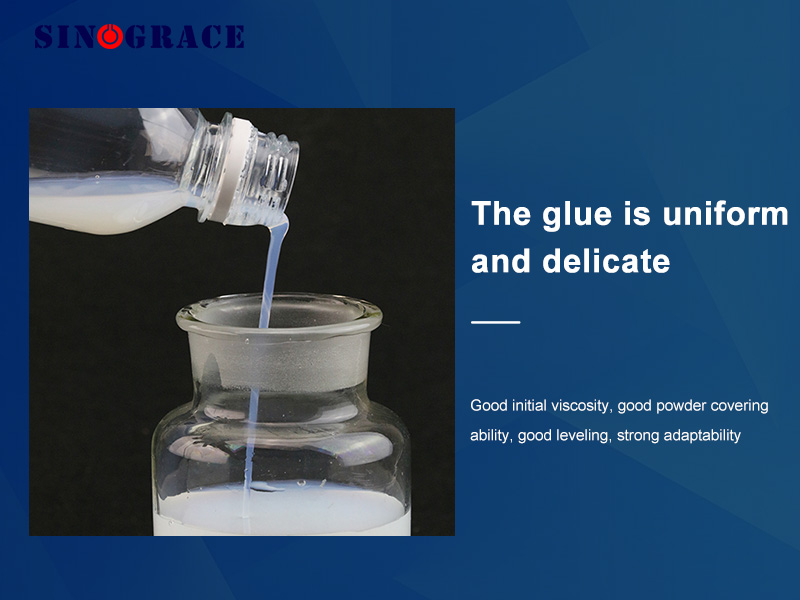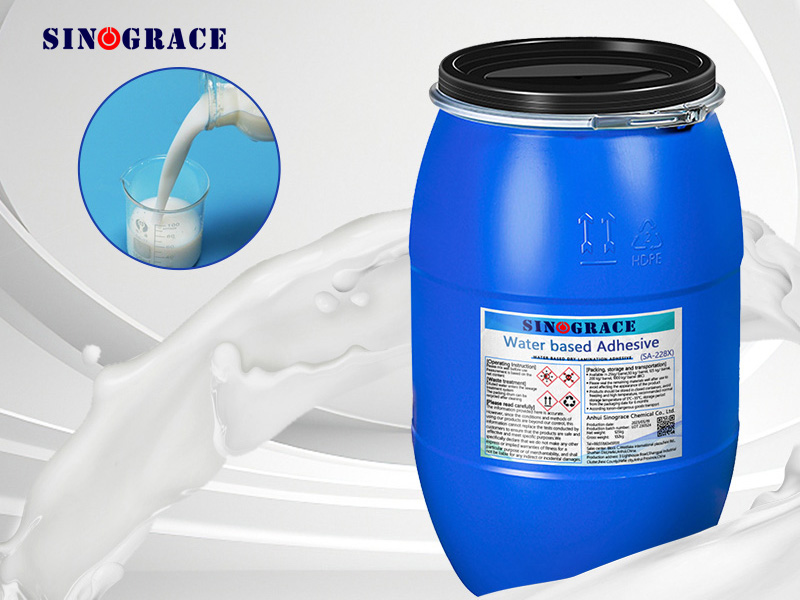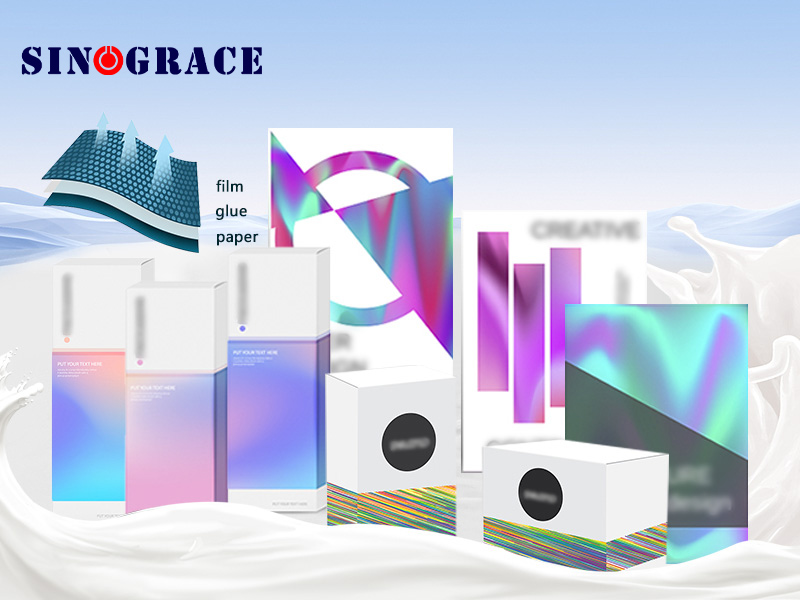Application of adhesives in coated products
With the progress of science and technology, the printing technology industry is also developing rapidly, and more and more adhesives are used in the packaging and printing industry, and more and more varieties are also available. The film coating process is widely used in a variety of packaging, small to medicine boxes, crafts boxes, large to outer boxes and various product packaging. Some coating methods are pre-coated (hot melt type), and some are dry composite (solvent-based). In the late 1990s, with the strengthening of people's awareness of environmental protection, the domestic phase developed a more suitable wet composite technology (water-soluble adhesive), and there were water-based laminating and water-based laminating adhesives that matched each other. Pre-coating process This is a widely used film coating process, in the BOPP film coated with a layer of hot melt adhesive, after cooling into a film, the printing manufacturer in the film directly precoated film heating, in the hot melt adhesive melting state, at the same time through the pressure to make it fit on the print. The process and equipment are relatively simple, no environmental pollution, the product also has excellent brightness, but due to the high manufacturing cost of pre-coating film, large power consumption, the coating speed is slow. Wet laminating process This is a new laminating process developed in recent years, generally using water-based laminating glue coated on BOPP film, without drying, directly with printed matter cold press, roll. Because it does not need drying, the power consumption is only 10% of the coating, about 1.5KW/h, and the coating speed can be doubled, which can greatly improve the work efficiency and reduce the cost. Environmentally friendly water-based laminating adhesive makes the laminating industry completely rid of the toxic, flammable, polluted and other defects brought by the traditional process. And the laminating products have better brightness and clarity, so in just a few years, the traditional laminating process has been gradually eliminated. Sinograce Chemical SA2291 Water based Bopp and paper lamination adhesive.This product is a self-crosslinking emulsion with the advantages of small amount of glue, high peel strength, good toughness, no glue opening when exposed to moisture, deep embossing and shallow embossing, and general use on flat surfaces.
read more

 English
English français
français русский
русский español
español العربية
العربية








